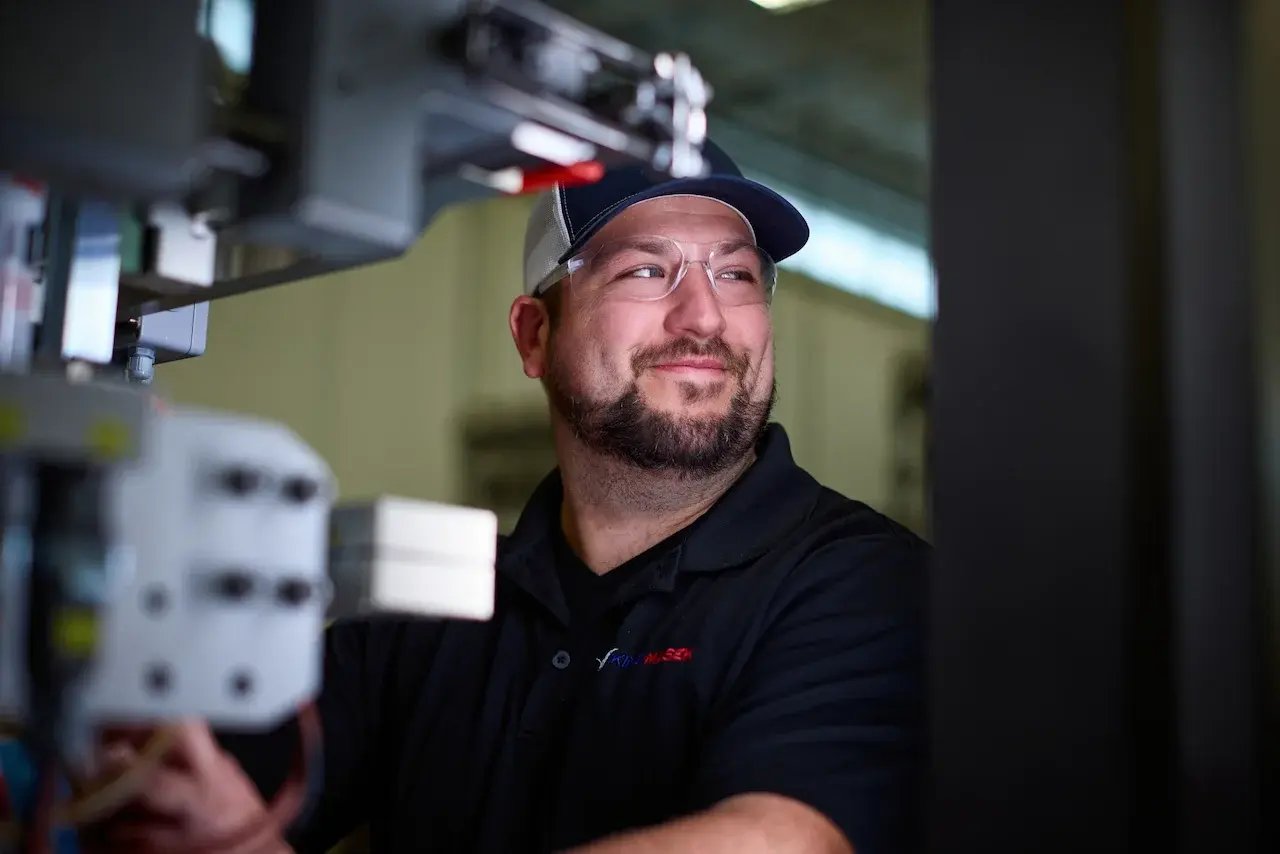Packaging Machine Buyer’s Guide
What you need to know to choose the right automated packaging equipment for your business.
You’re considering purchasing a packaging machine! An investment in packaging automation can improve your margins while increasing production to support your growing business.
Whether you're completely new to this world or an old hand, the options can seem overwhelming, and you want to make the right decision. Understanding the types of machines available and knowing what questions to ask equipment manufacturers will help you make the best possible choice for your company.
We’re here to make the process easy. Let’s get started!
Download Our packaging machine buyer's guide.
Questions?
Next Steps?
Explore packaging solutions, connect with the Viking Masek team, and get your questions answered any time.

